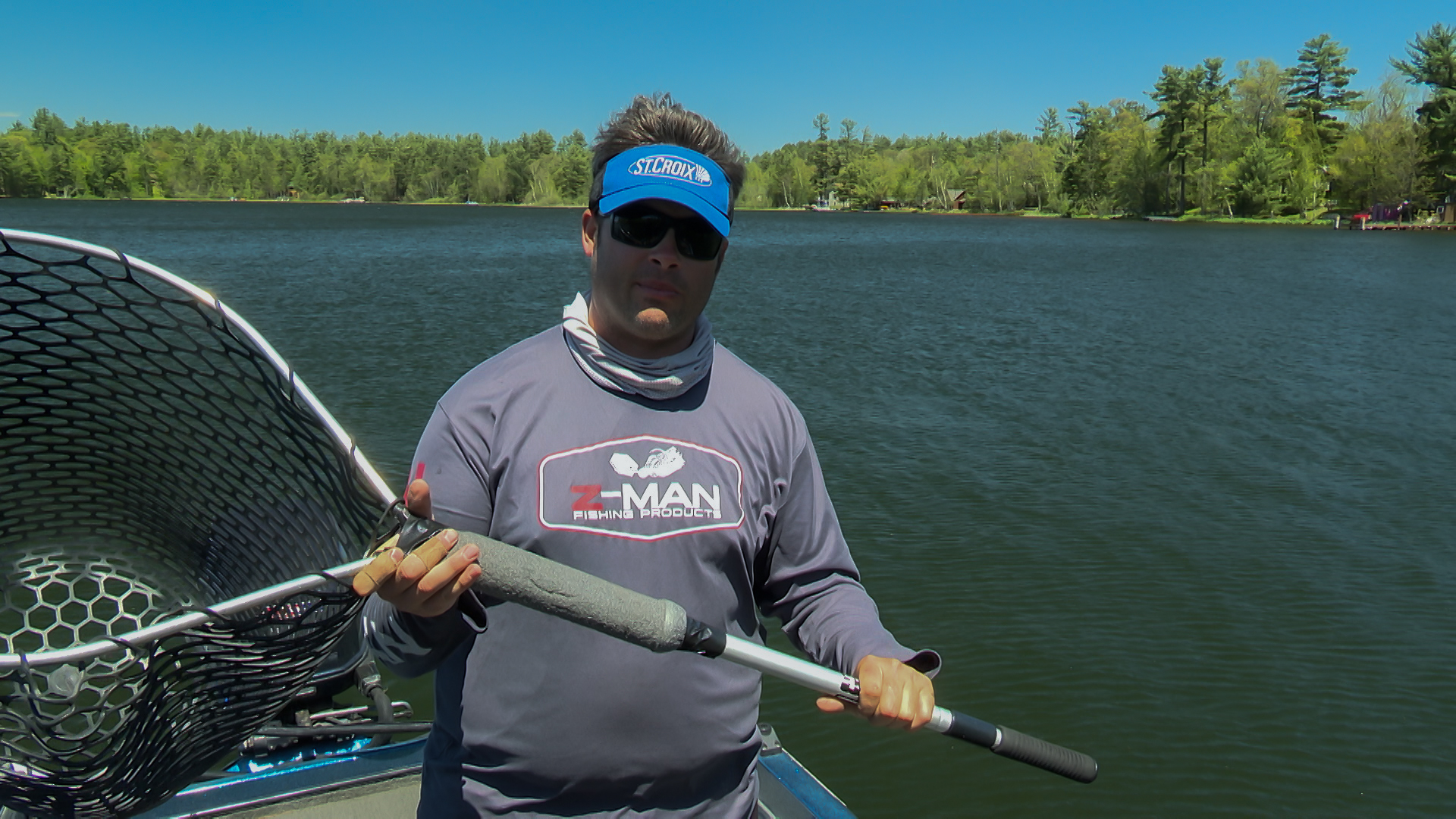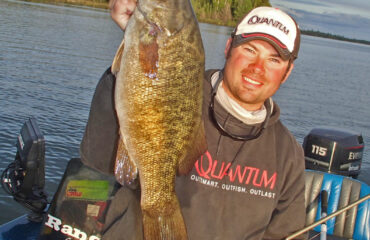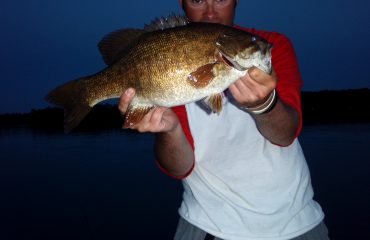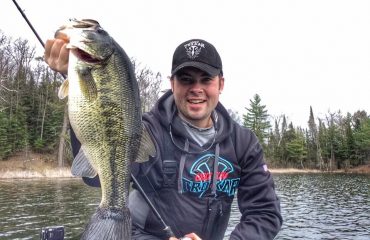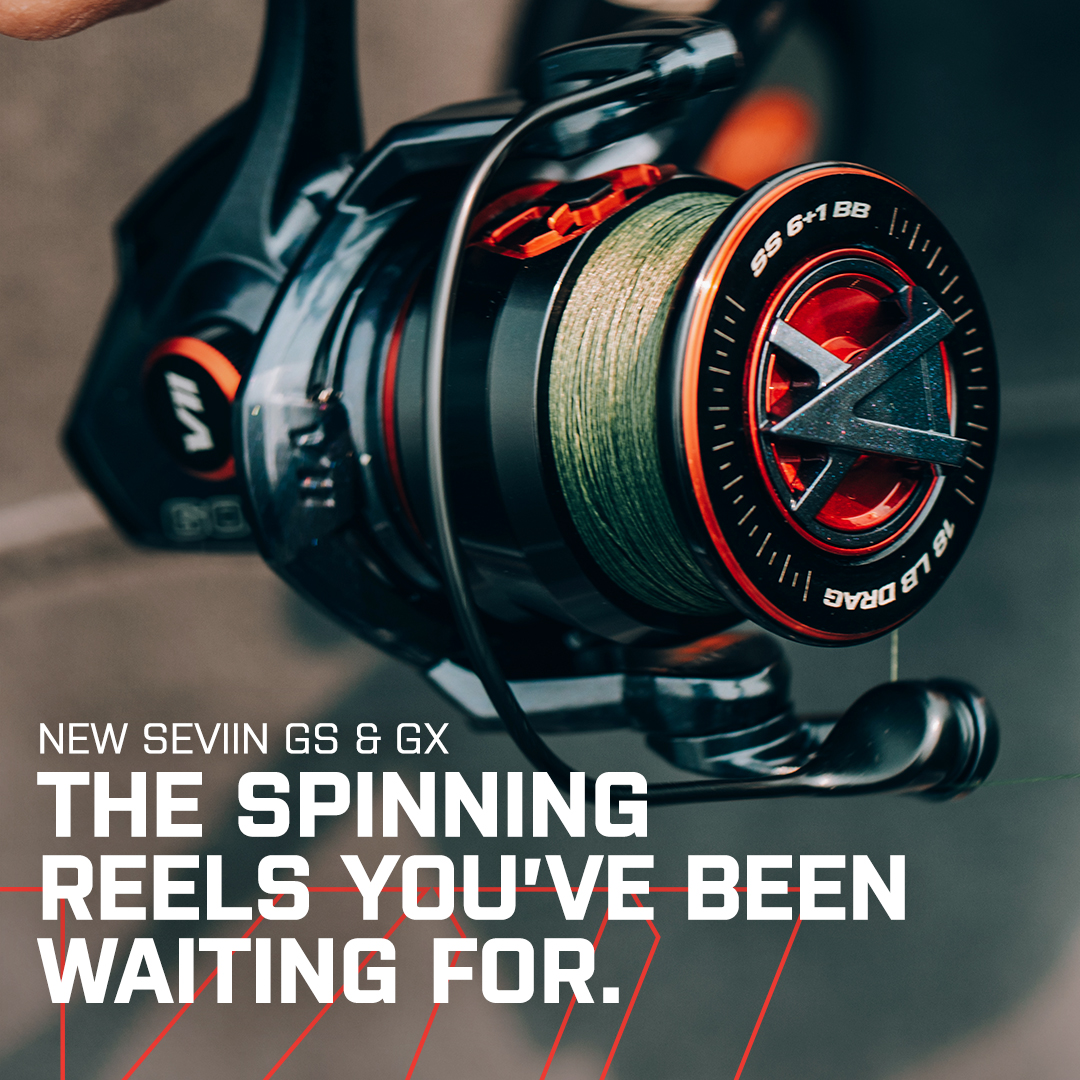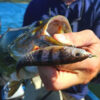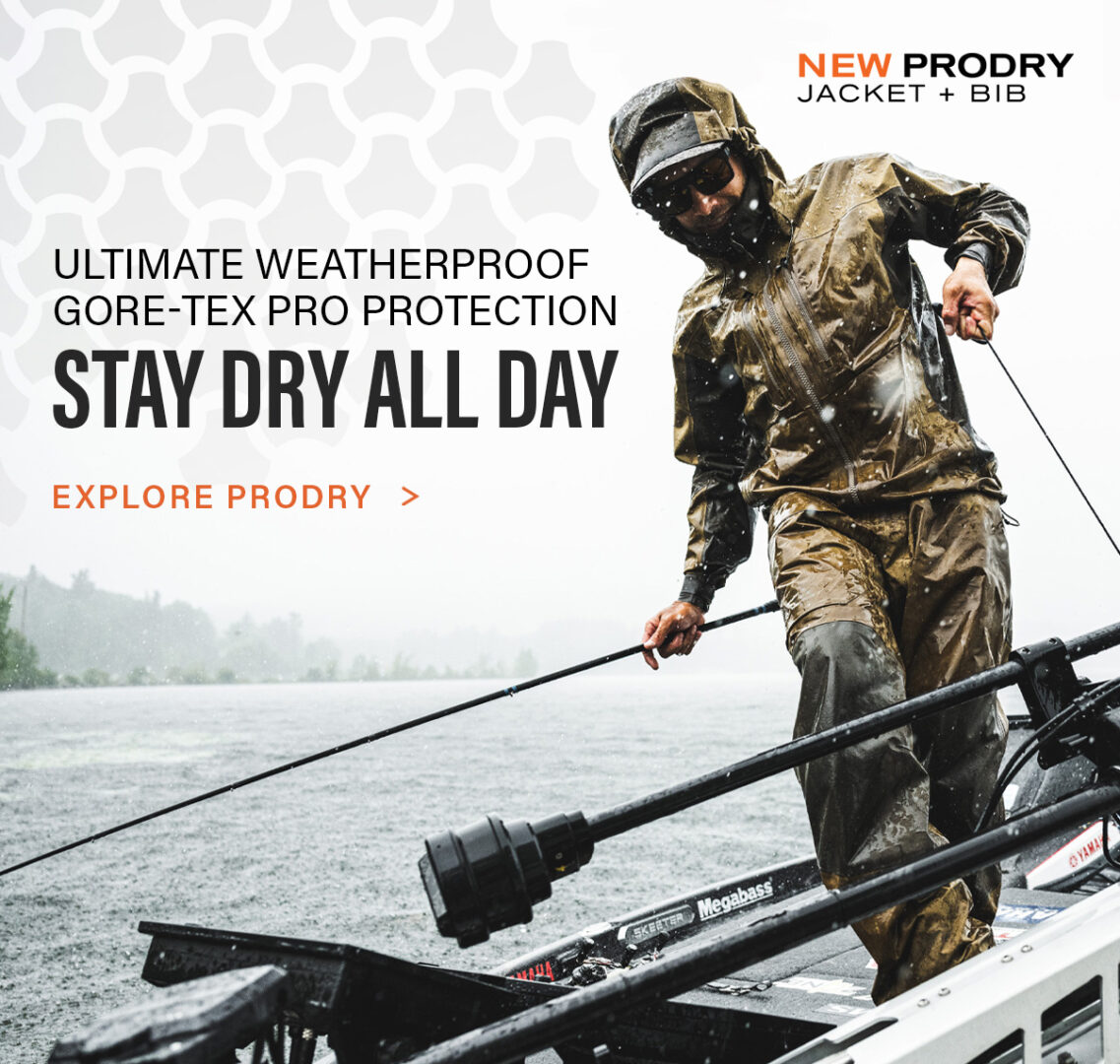If MacGyver was a Bass Angler
Angus MacGyver is one of television history’s most legendary characters. Not only is he a cult hero who came to fame in the mid-1980’s, but a name that is also a part of American vocabulary. MacGyver was instantly iconic because of his talent for invention, adaptation, and improvisation.
Today, MacGyver is a verb that we commonly use and understand. That’s because he improvised problem-solving devices from objects and items on-hand. Persistent and spontaneous too, he was a scientific genius who worked well under pressure, armed with only a Swiss Army Knife and roll of duct tape.
This reminds me of fishermen and the many hacks and improvisations we have individually developed.
The ways in which fishermen have to improvise and be inventive on the water parallels MacGyver’s character.
Whether on the water or in the workshop, we are likely to also possess a genius-level intellect, other proficiency, and superb engineering skills like MacGyver did. Modifications to our own fishing success by way of hacks and improvisations that lead to a successful mission.
Have you ever wondered what MacGyver would do if he was a bass angler? Here are some likely fishing hacks and improvisations for when situations on the water and with our equipment go awry.
Super Glue
Carrying a tube of super glue is ingenious if you fish plastics. Fix or repair them quickly. A bottle of Loctite gel gives you extra mileage with favorite swimbaits and soft plastics.
Break something else in the boat that requires a quick repair?
For gluing baits to a jig head, or mending broken items back together in 1-piece, Loctite ultra gel is the best thing going. Unlike most other super glues, even the thick ones, it’s non-messy and applies cleanly to most surfaces for a strong bond. Loctite can be used as well for sealing and bonding together torn plastics, but for this type of repair job I’ll recommend carrying a small fire stick to melt them back together or a bottle of Mend-It.
Safety Pins
Amazing everything that can be done with a safety pin.
The most obvious is using them for hook and terminal tackle organization and storage, as it keeps these small pieces in place.
In the event you run out of hooks, you can simply create a hook from a safety pin if you so desire.
If a rod tip top or guide ever breaks and you don’t have the means for repairing, wrap and self-install a safety pin for temporary use until the rod can be professionally repaired.
Cotton Swabs
Reels are prone to grime and dirt accumulation. Cleaning them without the proper tools can be difficult, especially in the difficult-to-reach areas. Using cotton swabs for cleaning is practical and highly effective. I’m sure you have some at home, somewhere in the bathroom. Cotton swabs are also great for lure polishing, paint refinishing, and applying grease lubrication onto gears and moving parts with.
Rubber Bands
Maintaining line spools can be a chore. Many fishing line manufacturers continue to ignore the need for better ergonomic spool designs that would come helpful for storage and neatness. I save my discarded rubber bands for spools of line. Placing a rubber band around spools keeps it clean and prevents line from tangling and spilling off.
Keep Using Old Braid
Is your braided line wearing out?
Don’t remove the line and throw it completely away just yet. Save yourself lots of money by reversing the fishing line on a reel. This method will dramatically increase the longevity of your spool.
I own probably 100+ reels. And if I paid for new spools of line out of pocket, I’m wasting money. I’ve been reversing the line on my reels for the past 20 years. I do this all by hand, while others might do it by machine or an electric drill.
Transfer your spool of line from one reel to another reel with an empty spool. Then spool it up to another reel, before putting it back on to the reel that had this spool of braid to begin with. Another way to accomplish this is to save all of the plastic spools your line was packaged in.
Braided line also fixes and can be patchwork to a number of calamities. This includes sewing up ripped clothing and boat travel covers, tying parts together, and more.
Save the Silica Packs
Silica packs come with many packaged items. If they are of small sizes and can fit into Plano Stowaways, do not throw them away!
Place silica packets into your tackle trays to absorb moisture and water vapor.
In a humid environment, salt and water vapor combine with almost any metallic surface to form iron oxide, better known as rust. Salt will corrode almost any metal, especially fish hooks or tackle.
Anglers who don’t take care of their equipment soon wind up with “rusted out” tackle. Rust ruins hooks and lures. Silica gel helps prevent rust.
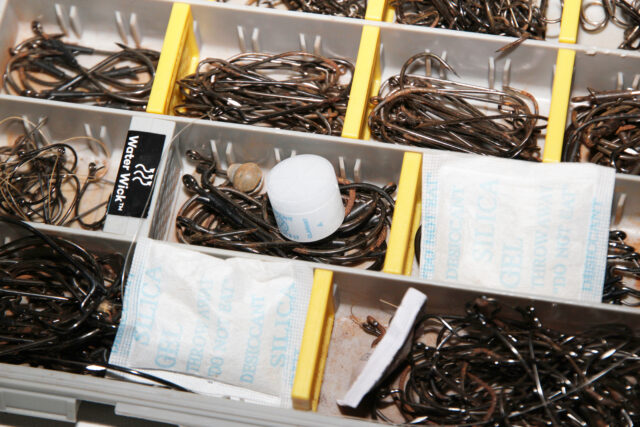
Scenting Soft Plastics in Bags
Does re-scenting soft plastics in bags actually work?
I am a believer in scent spraying soft plastics inside of bags. It rejuvenates, reconditions, and stimulates them again for future use. By allowing sprayed scents to soak in, over a period of time, the plastics will naturally bake and reformulate themselves within the bag.
I do this every winter with my excess bags of soft baits. My sprays of choice are CB’s Hawg Sauce in oil-based shad, garlic, and crawfish juice blends. This season I will attempt the same with the new and critically-acclaimed BaitFuel.
Some anglers bake in bags, while others won’t for fear of color changing, warping, or chemical reactions forming. To my knowledge, the only plastic types to avoid for this are Z-Man ElaZtech, and Berkley GULP! and Maxscent products. No need to fear with salt-impregnated and injected plastics.
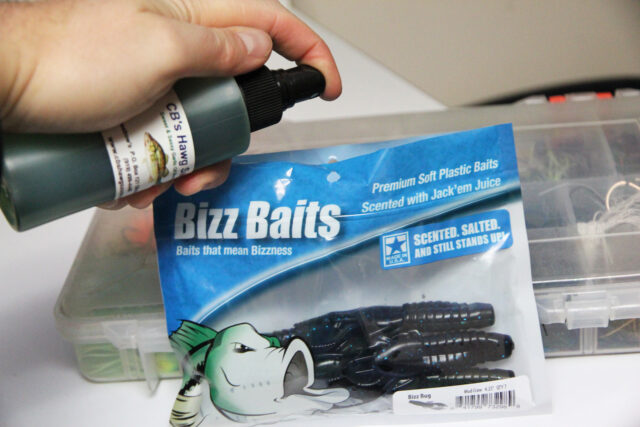
Boiling Plastics
Don’t throw away your deformed soft plastics and paddletails that are swimming out of tune.
Don’t whine to the manufacturers either, as everyone’s lure packaging sucks. This happens with every brand as well.
Follow this quick instruction.
Grab a gob full of plastics and immerse into a pot of boiling water. Let swim for 15 to 20 seconds. This will soften and tune the plastics. Remove with grill tongs. Allow an overnight drying and cooling period. The baits will be rejuvenated for your next trip out.
This will rejuvenate your paddletails and other deformed plastics. And will give your baits new life. If they were stiff out of the package, this re-tuning will also make them supple and soft.
Pipe Insulation for Net Flotation
This has been my favorite all-time hack.
Does your landing net float? If it doesn’t, do you wish it did? I’m sure at some point you’ve lost a net overboard and weren’t able to recover it.
There’s no reason to buy any specialized floating landing net when you can easily concoct your own net flotation with piping insulation or pool noodles. I’ve been doing this for the past 8 years. My Frabill landing net has accidentally slipped overboard for swims on multiple occasions. Only once in 8 years have I needed to replace with a new piece of flotation.
Last season when hosting Larry Ladowski and the Midwest Outdoors TV crew, they wondered why I had a piece of noodle wrapped to my net. I demonstrated for camera exactly why.
This modification requires nothing more than scissors to cut at length, and water-proof duct tape or glue to install. Place near the base where net handle meets the hoop.
Also, if your boat is fiberglass, the padding will prevent the metal or aluminum net handle from scratching the gel coat.
Pipe Insulation for Net Flotation
Pike Proofing Bass Lures
If you fish bass waters infested with snake pike and would like to “pike-proof” your rigs to prevent bite-offs, carrying a large and varied supply of fluorocarbon line sizes is imperative. Nowadays, I don’t fish any weedy largemouth lakes without carrying a few spools of specific diameters I’ll need that day.
To pike-proof my bass lures from bite-offs, I started tying an 8-inch lead with 20 and 30-pound fluorocarbon. This holds up well to the snakes, gators, and even 50-inch muskies.
Some anglers may prefer tieable wire leaders instead, but they are prone to kinking and eventually baits running out of tune.
Braided line is more susceptible to bite-offs than fluorocarbon and monofilament. All it takes is one tooth to create a small fray in the weave. Don’t play with fire, as it shreds easily to these fish.
A few seasons ago, Cortland Line introduced 30 and 100-yard spools of fluorocarbon line, and they come in ergonomically useful packaging that can slide into your pocket and conveniently connects spools together. Cortland’s fluorocarbon leader line incorporates a glass smooth, virtually invisible finish with superior knot strength and abrasion resistance. This proprietary blend of fluorocarbon is designed specifically for the demands of hardcore anglers and the species they pursue.
Pike Proofing Bass Lures
MacGyver the bass angler can be characterized as persistent and spontaneous. He employs improvisation to evade anticipatory countermeasures from sportfish and uncontrollable fishing situations, and his plans are difficult to thwart on account of their unpredictability. This constant spontaneity challenges MacGyver as well as his underwater adversaries. Because MacGyver continues to operate in this manner, it is assumed the tactical advantage of spontaneity outweighs its disadvantages.
MacGyver’s most-used fishing item is his spool of braided line. He may usually also carry his bottle of super glue, spools of fluorocarbon, cotton swabs, silica packs, safety pins, rubber bands, and other unvalued discarded household items. Each can fit in his pockets. He also has a small toolbox in his Ranger and Lund.
Andrew Ragas splits time between the Chicago area and Wisconsin’s Northwoods. Based in Minocqua, WI, he specializes in trophy bass fishing and offers guided trips from May thru October. While big bass is the passion, he dabbles in multi-species as well. He may be visited online at www.northwoodsbass.com


